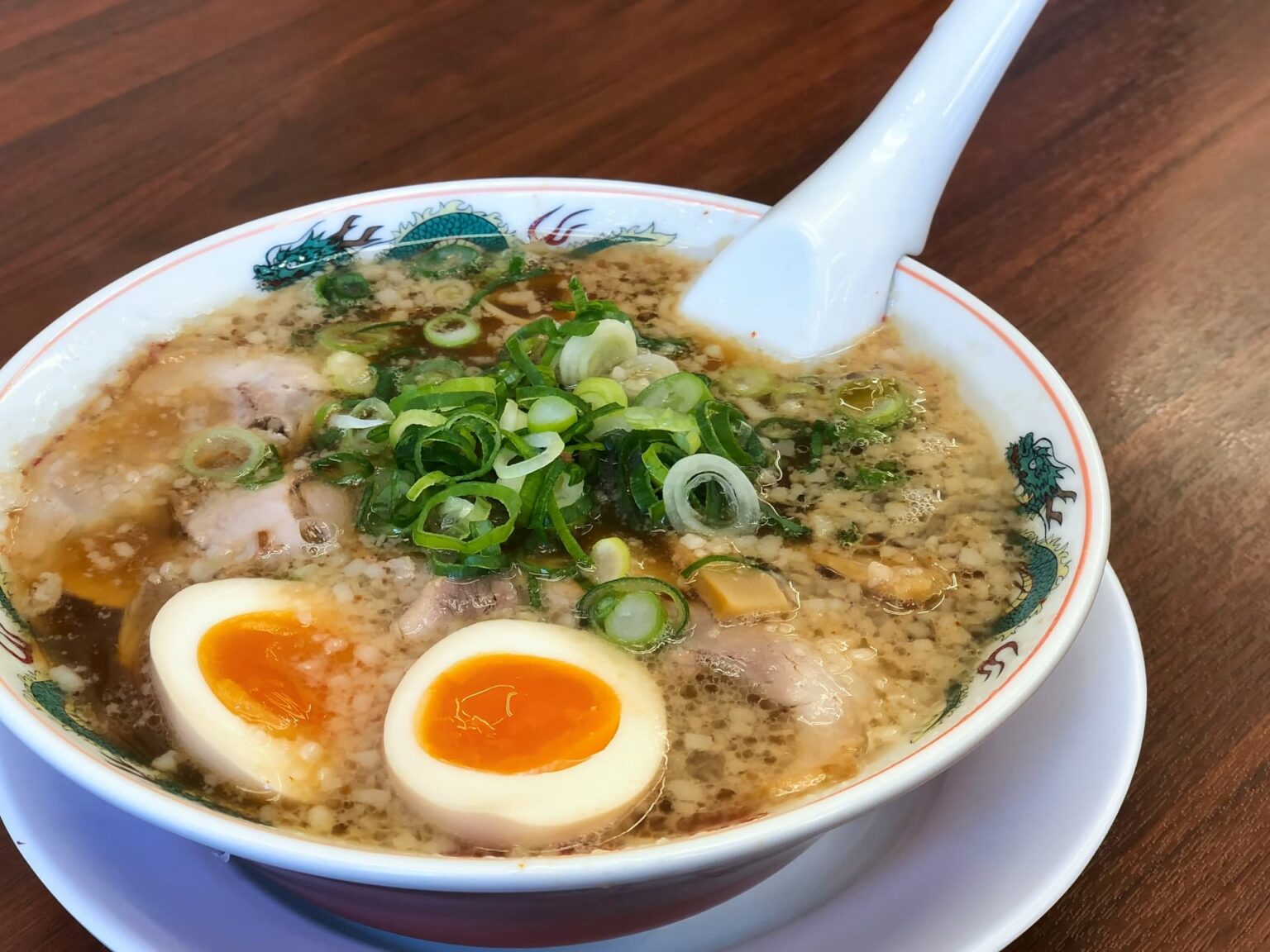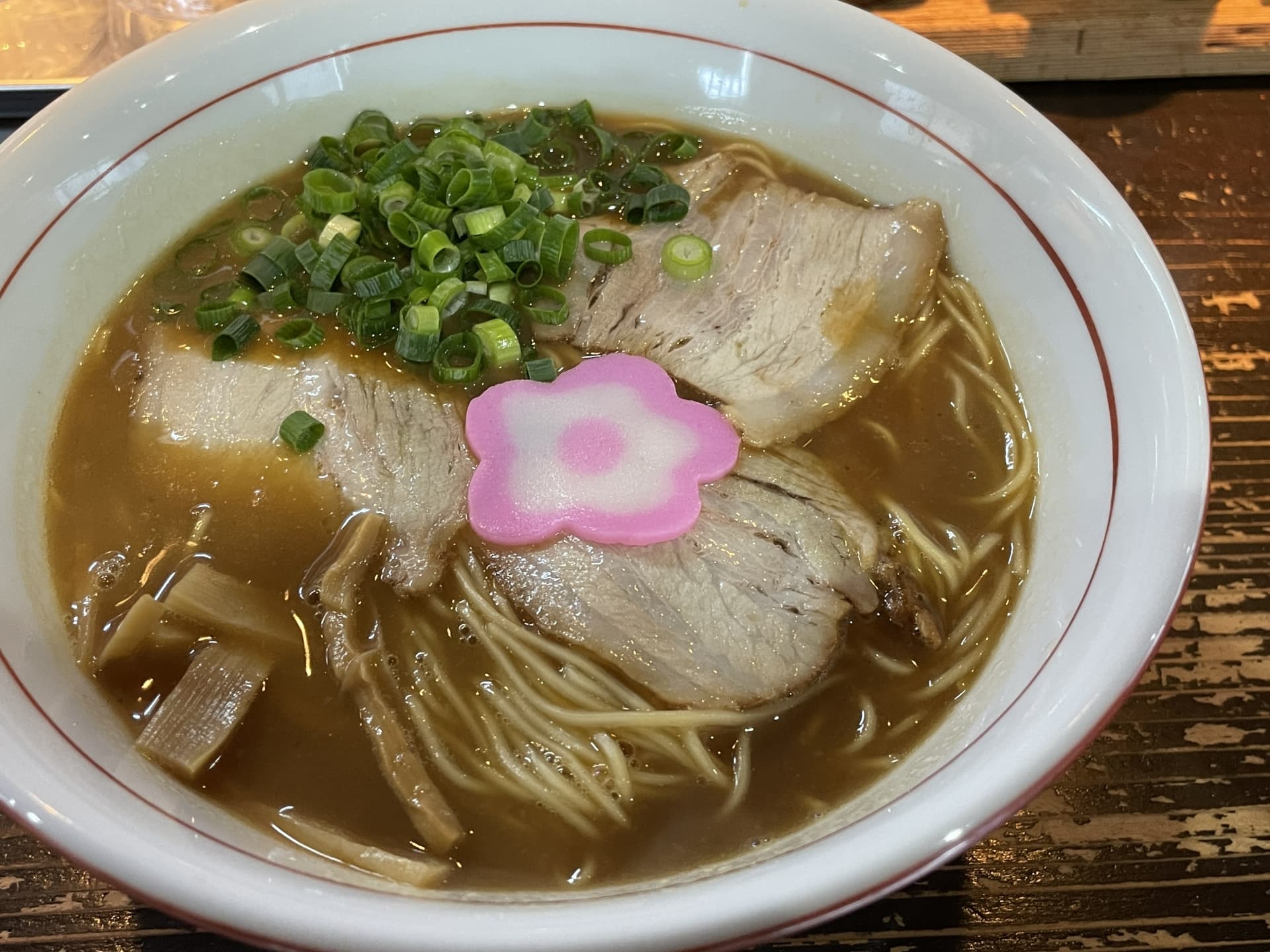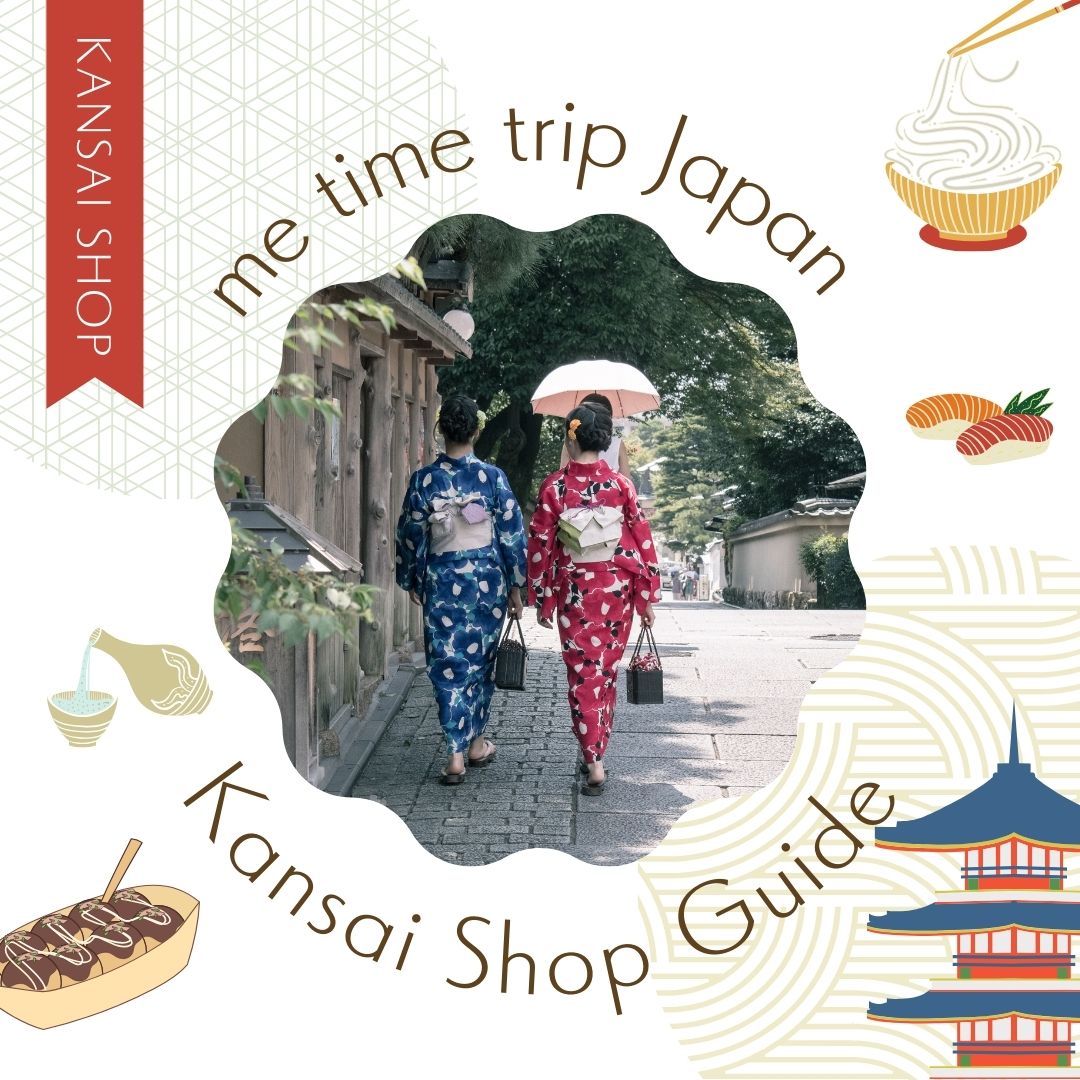In Japan, there are four main types of ramen, each with its own distinct flavor.
- Shoyu Ramen (Soy Sauce Ramen)
- Tonkotsu Ramen (Pork Bone Ramen)
- Miso Ramen
- Shio Ramen (Salt Ramen)
You can enjoy these ramen anywhere in Japan
However, in Japan, there are also “local ramen” dishes that can only be found in specific regions. These ramen styles are born from the influence of the local climate, culture, and customs. In this article, we will introduce some of the local ramen dishes that can only be enjoyed in certain areas of Kansai.
Local Ramen in Kansa
Let’s introduce them right away!
- Kyoto Ramen
- Tenri Ramen
- Wakayama Ramen
- Omi Champon
- Akō Shio Ramen
- Banshū Ramen
Here are the six mentioned above
Kyoto Ramen(Kyoto)

First, let me introduce Kyoto Ramen. In Kyoto, a city that attracts many tourists, there is a local ramen known as Kyoto Ramen. It features a chicken-based soy sauce broth with relatively thin straight noodles, topped with plenty of green onions and sprinkled with back fat.
Kyoto Ramen may appear rich and fatty with its back fat floating on top, but when you try it, you’ll find it surprisingly light and not easily tiring, earning it the reputation of a ramen that you can enjoy daily without getting bored. It’s a type of ramen that allows you to savor the authentic taste of soy sauce, a staple condiment in Japan. If you’re a fan of soy sauce flavor, this one comes highly recommended. *There are said to be mainly three types of Kyoto Ramen, but we are introducing the most classic and popular variation, the Back Fat Shoyu Ramen.
Tenri Ramen(Nara)

Next up is the local ramen from Tenri City, Nara Prefecture, known as “Tenri Ramen.” This unique dish features a soup with a kick of garlic and red pepper spiciness, topped with a generous amount of stir-fried Chinese cabbage, pork, leeks, and carrots. Its appearance is quite different from typical ramen, and even Japanese people from outside the Tenri region would be surprised if they see it for the first time.
In this ramen, the crispiness of the Chinese cabbage is irresistibly delightful, providing a satisfying texture. With the punch of garlic and red pepper, it also warms you up from the inside. It seems that this combination has taken root in the region precisely because it gets cold in the winter
Wakayama Ramen(Wakayama)

Next up is the local ramen from Wakayama, known as “Wakayama Ramen.” It features a tonkotsu (pork bone) soy sauce broth with straight noodles, topped with char siu (roasted pork), green onions, menma (bamboo shoots), and the region’s specialty, kamaboko (fish cake). It looks similar to soy sauce ramen, but the addition of tonkotsu broth gives it a slightly cloudy and creamy texture. It’s interesting to note that locally, it’s called “Chuka Soba” and does not have the word “ramen” on the menu. So if you visit without knowing this, it might be a little confusing, so be sure to keep it in mind.
In addition, some Wakayama Ramen shops have “Haya-zushi” (quickly-pickled sushi) and “Yude-tamago” (soft-boiled eggs) placed on the table. These items may come with an extra charge, but in most cases, you are allowed to help yourself without asking the staff for permission. Just make sure to inform them during payment.
Omi Champon(Shiga)

Next up is the local ramen from Shiga Prefecture, known as “Omi Chanpon.” The word “chanpon” in Japanese means “mixed” or “assortment,” and as the name suggests, Omi Chanpon is a dish where ramen and vegetables are mixed and simmered together. It features a gentle and flavorful broth made from bonito and kelp, with a generous amount of vegetables and pork. The noodles used are chewy Chinese-style noodles.
Ramen is typically known for its rich and bold flavors, but Omi Chanpon offers a gentle and aromatic dining experience. It’s a dish where you can savor the essence of Japanese broth culture. Some restaurants may provide vinegar and chili oil on the table, allowing you to customize and enjoy different tastes. *Please note that while there’s a famous “Nagasaki Chanpon” in Japan, it’s entirely different from Omi Chanpon, so be mindful of the distinction.
Akō Shio Ramen(Hyogo)
Next, we have the local ramen from Akō City, Hyogo Prefecture, known as “Akō Shio Ramen.” Akō City is one of Japan’s leading salt-producing regions, and this ramen uses the locally produced salt. Unlike rich and heavy flavors like tonkotsu ramen, this ramen puts salt in the spotlight, resulting in a refreshing taste. As a result, the soup is delicate, allowing you to savor the natural flavors of the broth and toppings.
The noodles commonly used are medium-thick straight noodles, which complement the soup well and offer a satisfying chewiness while being easy to swallow. As for the toppings, typical choices include chashu (roasted pork), menma (bamboo shoots), green onions, and finely chopped nori seaweed. Though it may seem unassuming, this ramen is loved by ramen enthusiasts for its simplicity and delicate yet profound flavors.
Banshū Ramen(Hyogo)

Banshū Ramen is a type of ramen enjoyed in the Harima region, centered around Nishiwaki City in Hyogo Prefecture. While it falls under the category of shoyu (soy sauce) ramen, its distinctive feature is the “sweet” soup. Local sweet soy sauce is used as the base, and the sweetness is further enhanced by simmering onions, apples, and ice sugar together. The noodles are thin, curly noodles, and the toppings typically include chashu (roasted pork), green onions, bean sprouts, and toasted seaweed, giving it a simple yet appealing appearance.
The origin of this sweet soup in the ramen comes from the history when there were many women in this region. At that time, the ramen shop owners adjusted the seasoning to suit their taste buds, and that’s how it all started. You might feel a bit surprised by the “sweet” soup, but once you try it, you’ll be hooked on this delicious bowl of ramen.
It’s also great to visit different regions with ramen as your main destination.
While it’s great to enjoy ramen as a side dish when visiting tourist spots, why not consider visiting specific regions to try their unique ramen? Especially in local areas, you’ll find ramen that embodies the traditional Japanese culture, offering you a taste of Japan like no other. Give it some thought and consider the experience!


